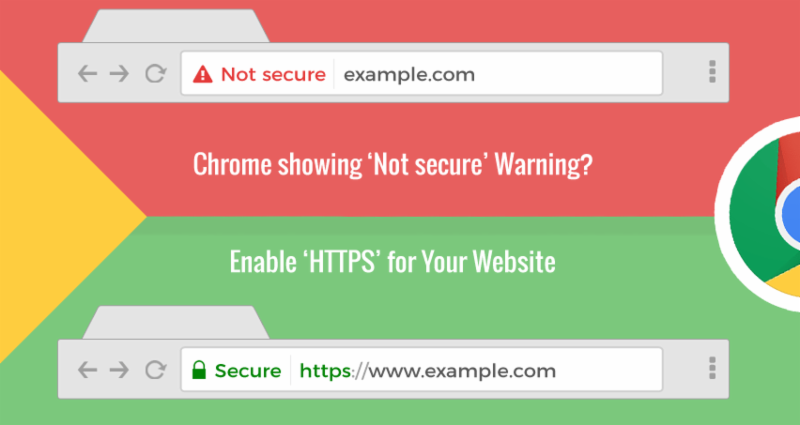I'll be the first to admit, I don't like change. I worked for a company where we joked about the only contant was change. So over the years I learned to go with the flow. I get used to doing things a certain way and then things change and there's a learning curve to get up back up to speed. This newsletter is about changes to website security and upcoming changes to Facebook Business Pages.
First let's talk about the change to website security. From the website 'Wired' comes an article on the changes to unencrypted websites.
NEARLY TWO YEARS ago, Google made a pledge: It would name and shame websites with unencrypted connections, a strategy designed to spur web developers to embrace HTTPS encryption. On July 24th, it finally followed through.

With the launch of Chrome 68, Google now will call out sites with unencrypted connections as "Not Secure" in the URL bar. The move flips the convention of how Chrome displays the security of sites on its head.
It's a warning worth heeding. Under an unencrypted HTTP connection, any information that you send across the web can be intercepted by a hacker or other bad actor. In extreme cases, like in what are called man-in-the-middle attacks, someone could pose as a destination site-tricking you into handing over your credentials, credit card info, or other sensitive information.
It's not just about making sure that user information is private; it really ensures the integrity of the website."
For what it's worth, Chrome is not alone in posting warnings next to HTTP sites; Firefox has explored it also. Between the two, they hold 73 percent of browser market share. In addition, Google notes that the vast majority of Chrome traffic-76 percent on Android, and 85 percent on ChromeOS-already travels across an HTTPS connection.
So how do you get your website encrypted?
- Step 1: Host with a dedicated IP address. In order to provide the best security, SSL certificates require your website to have its own dedicated IP address. ...
- Step 2: Buy a Certificate. ...
- Step 3: Activate the certificate. ...
- Step 4: Install the certificate. ...
- Step 5: Update your site to use HTTPS.
Now for the next subject, the changes to the templates for Facebook Business Pages.
If you have a Facebook Business page or are the administrator for one, you've probably already received notice that as of August 23rd your template for your business page will more than likely change, depending on what type of page you currently have. The good news is, you don't have to wait, you can go ahead and be proactive and make the change now.
Here is a short 4 minute video that explains the change and the options:
I hope you have found this to be helpful. Your comments are welcomed and appreciated.



















